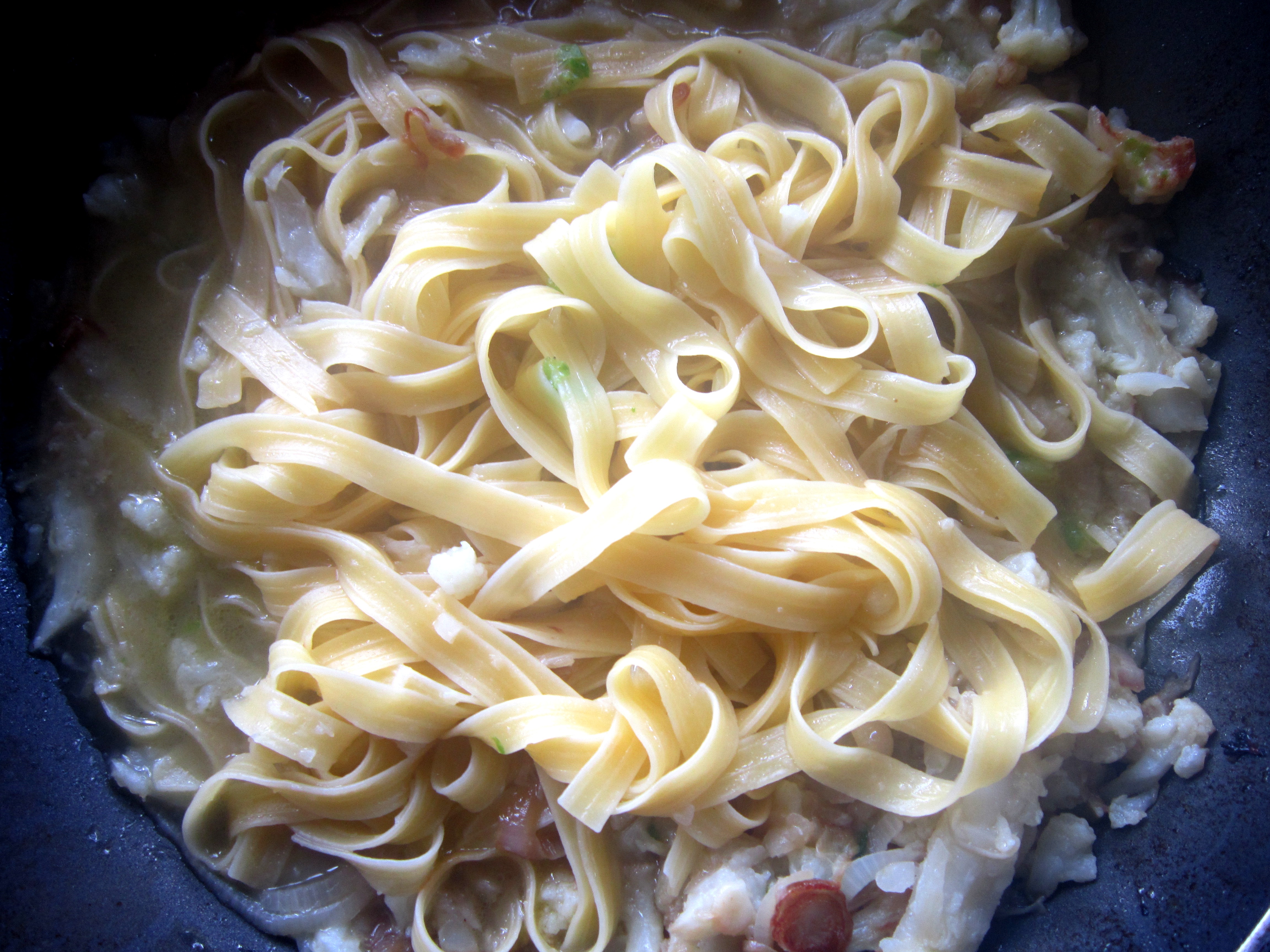
Toss the pasta in your sauce and serve.Test again every 30 seconds or so, and as soon as the broken piece is a uniform, translucent yellow, drain the pasta.You want an al dente, or chewy "to the tooth" texture - not soft, limp pasta. A minute before the estimated pasta cooking time is up, remove a piece of the pasta to check for doneness.Stir the pasta occasionally as it cooks, this will keep the pieces from sticking to each other or to the pot.When the water comes back to a rolling boil, add the pasta and give it a good stir with a wooden spoon or tongs to separate the pieces.This will season your pasta - and it's the only chance in your cooking process to do so. In the 20th century, the production of pasta has grown to a. In terms of saltiness, it should resemble sea water. The term al dente appeared after World War I its etymology is the Italian phrase to the tooth. When the water comes to a boil, remove the cover and add 1 tablespoon of coarse sea salt (a little less if it's fine-grained) per litre of water.Fill a pot with 4 cups/1 litre of water per 100 grams serving of pasta, cover it, and set it to Boil over high heat.Blanching is often used in this situation.īeans, such as kidney beans, the goal would be to have a meatier bite, so they are softer on the inside with a little bite on the outside.Įating raw or undercooked kidney beans can lead to food poisoning, so don’t go there! With green beans, al dente would give them a cooked crunch. So if you like your rice with a little bite, just set the timer earlier and use less water. Rice that’s more on the firm side is good for cold rice salads. Al dente is a term that is used all the time when were talking about pasta and describes the ideal consistency of pasta when its been cooked. It can really depend on the type of grain you use and its cooking instructions. When using the term to refer to vegetables, you want to make sure that the vegies are cooked enough so that it loses its raw taste.īlanching is often used in this situation.Ĭooking rice al dente is a little bit trickier. It’s chewy and firm, holding its whole shape in whatever sauce you put it in. Using a slotted spoon, remove about a third of the crisped pancetta and set aside. Add the pancetta, and saut for a few minutes, until it crisps up on all sides. Turn the Instant Pot on to its saut setting and add 1 tablespoon of butter. You can use the term to also describe the cooked consistency of pasta, vegies, rice, and beans with a firmer texture when done. Scroll down for a printable version of this recipe. Undercooking pasta is used in the first round of cooking when a pasta dish is going to be cooked twice, for example, when finishing cooking in a sauce. 'To the tooth' means there should be a slight bite to your noodle.

Molto al dente is the culinary term for slightly undercooked pasta. Al dente is Italian for 'to the tooth' and, in our humble opinion, is the only way to cook your pasta. The pasta or noodles are cooked to be firm to the bite and is cooked just enough so that it is neither hard nor too soft.

Simply, al dente means “to the tooth” in Italian.and describes where pasta tastes and feels the best. The food should have a slight resistance (chewy) when biting into it, but should not be soft, overdone, or have a hard centre. The term is used to describe the doneness of foods, mostly pasta and risotto, but sometimes rice and beans or even vegetables. Keeping those blood sugar levels stable can prevent weight gain and type two diabetes.ĭon't take our word for it.You are here - Good Food To Eat - Al denteĪl dente meaning in cooking is to cook foods to a tender but slightly firm state, but not hard. The result? You’re less likely to overeat or to eat unhealthy snacks after your meal. When pasta is cooked al dente, it takes longer for your body to break down those carbs, which keeps your blood sugar levels more stable and your body more sufficiently fuelled and filled. That fast breakdown causes blood sugar levels to rise suddenly and then crash only a few hours later, leaving you tired and hungry again.

The longer the noodles are cooked, the more the molecules are broken down, and the faster your body can convert those carbs into fuel. Hot water breaks down the molecule bonds in starches – that’s how it turns dry pasta into cooked pasta. Eating your noodles al dente is actually healthier for you as well. The taste of the pasta comes out so much better in al dente pasta!Īl dente pasta is firmer for better texture, mouth feel and taste.


 0 kommentar(er)
0 kommentar(er)
